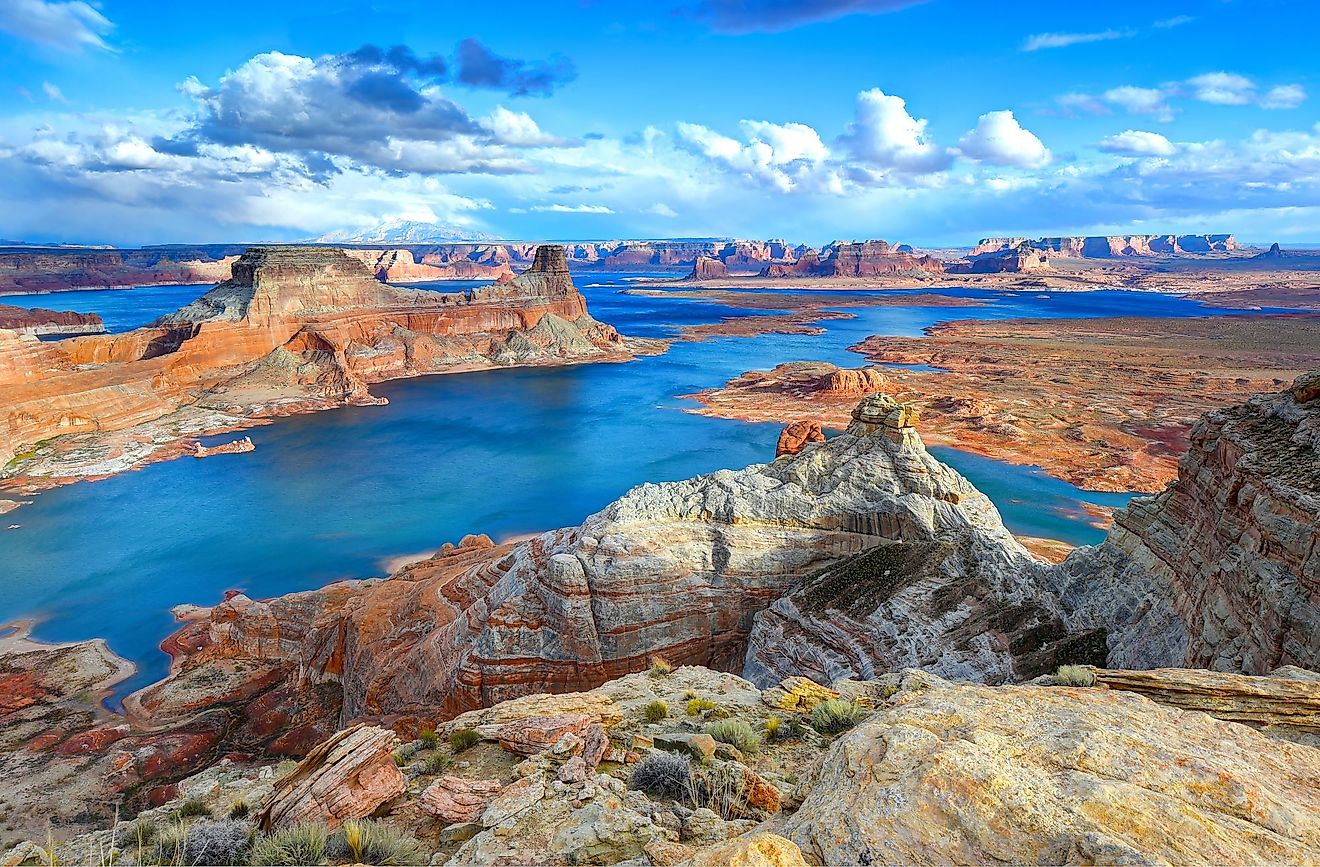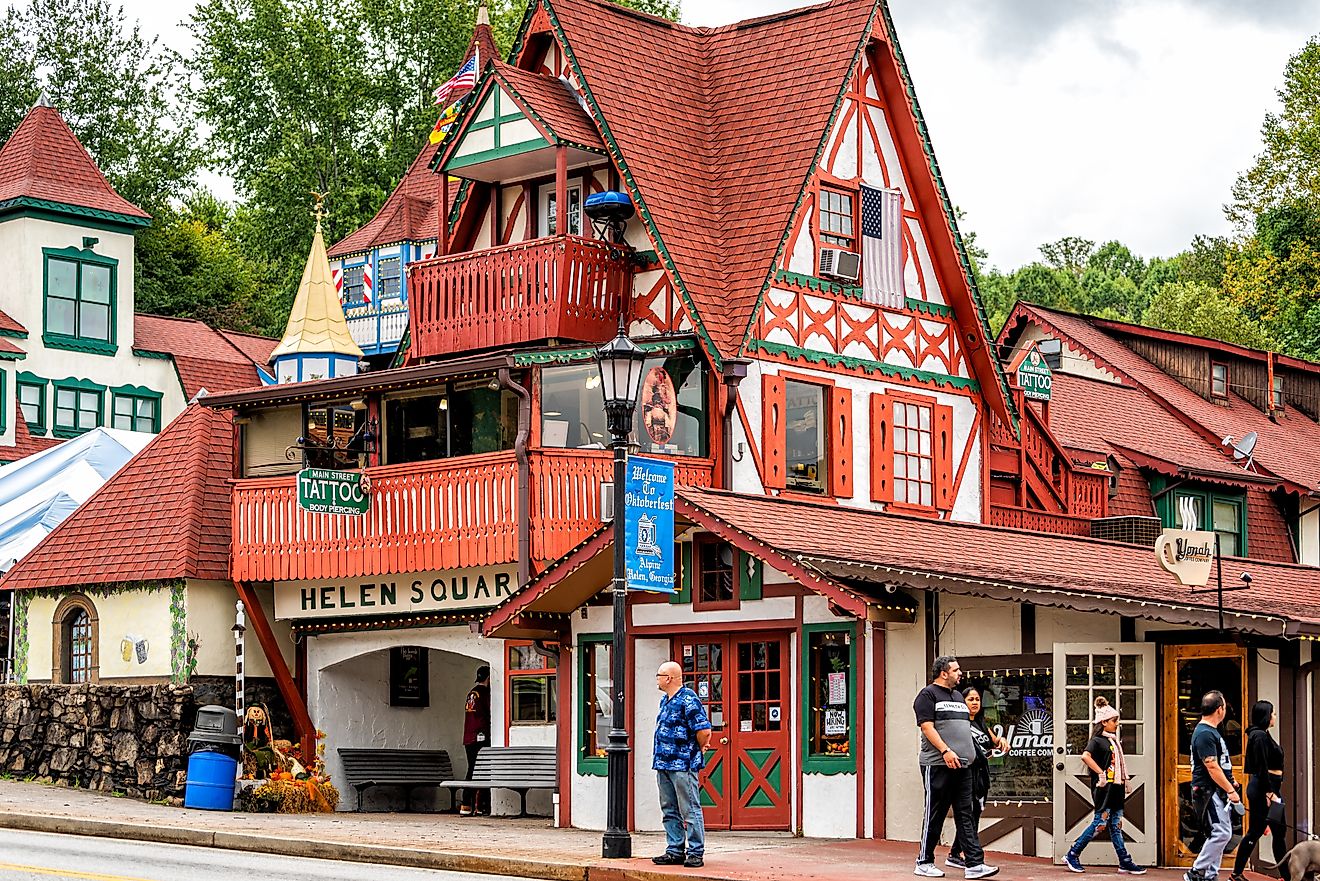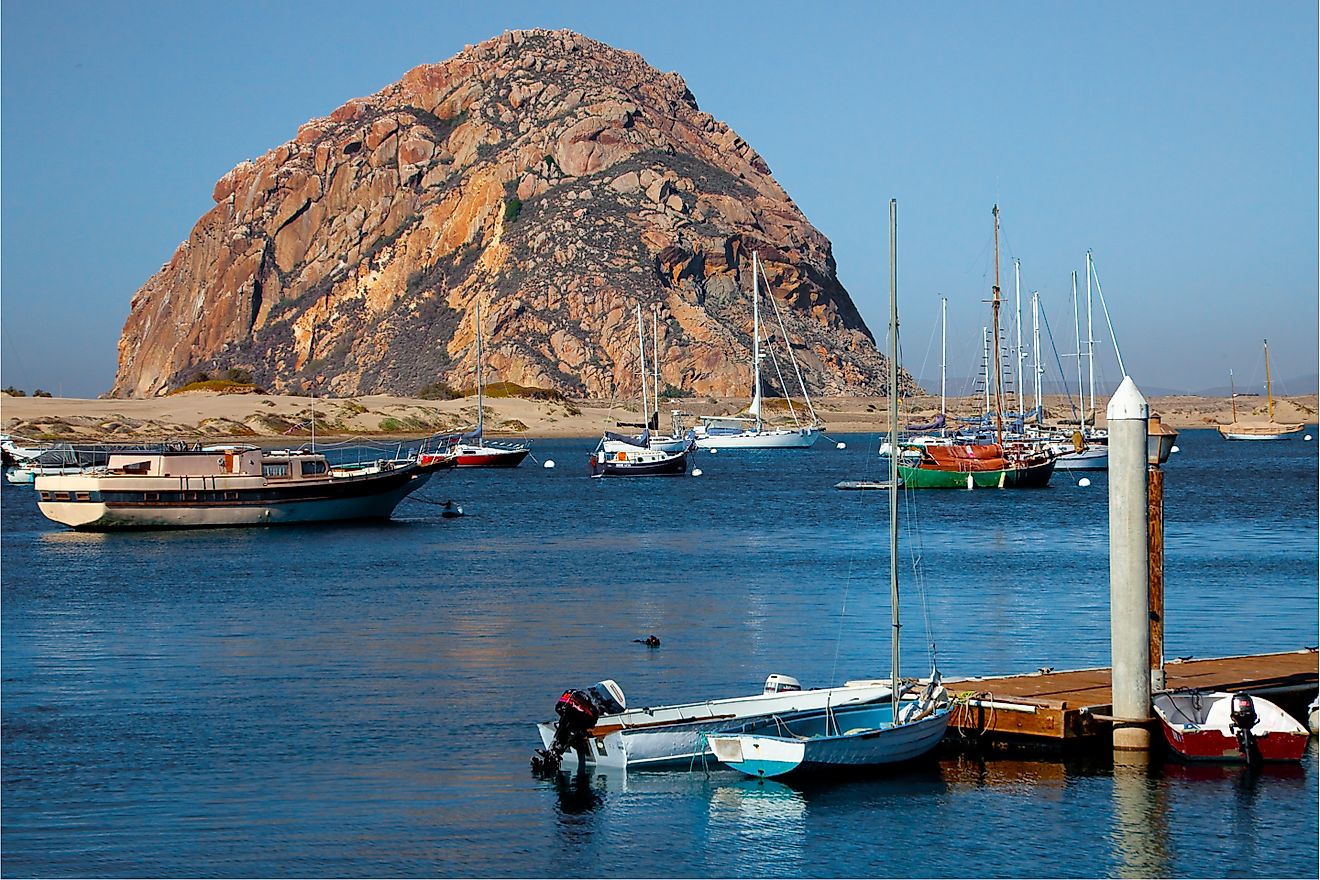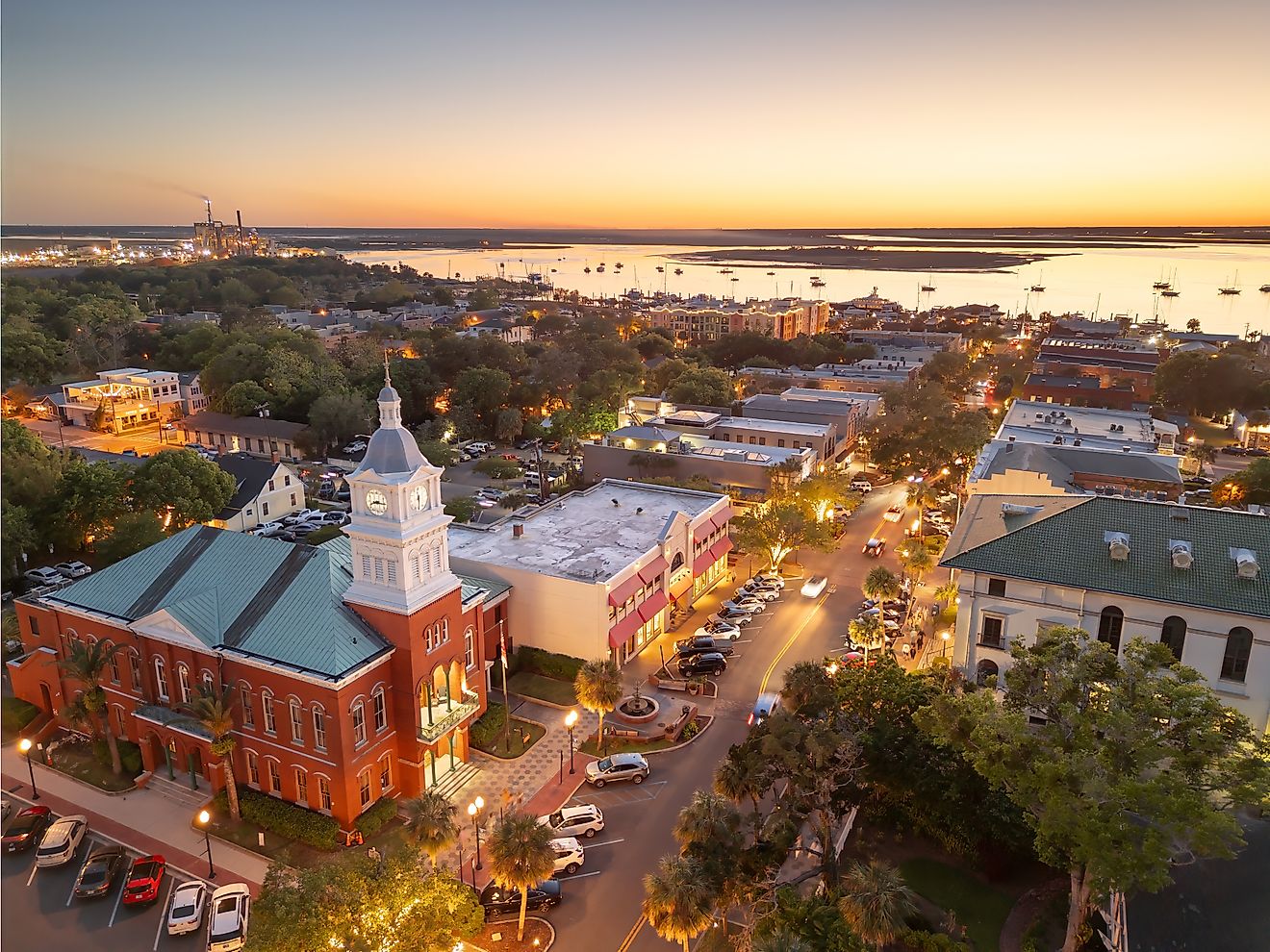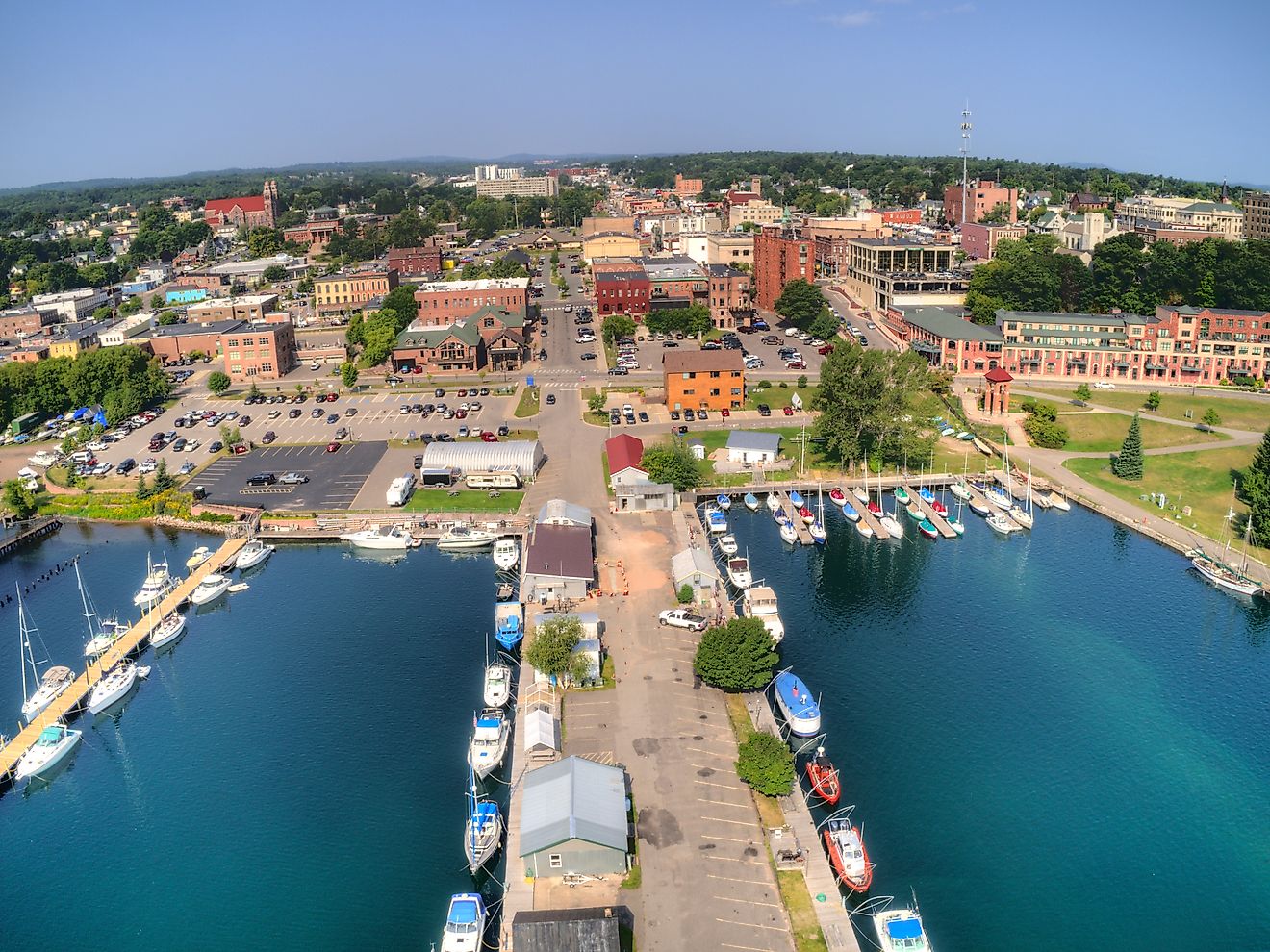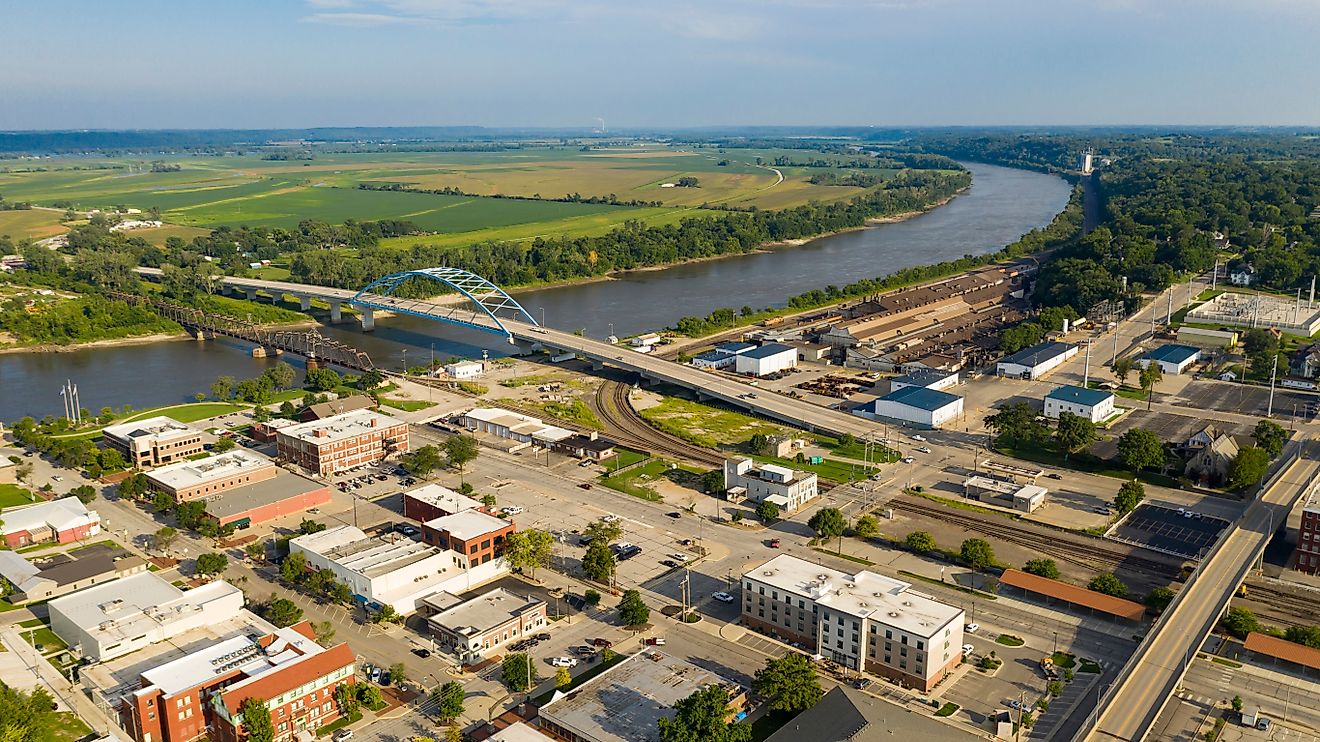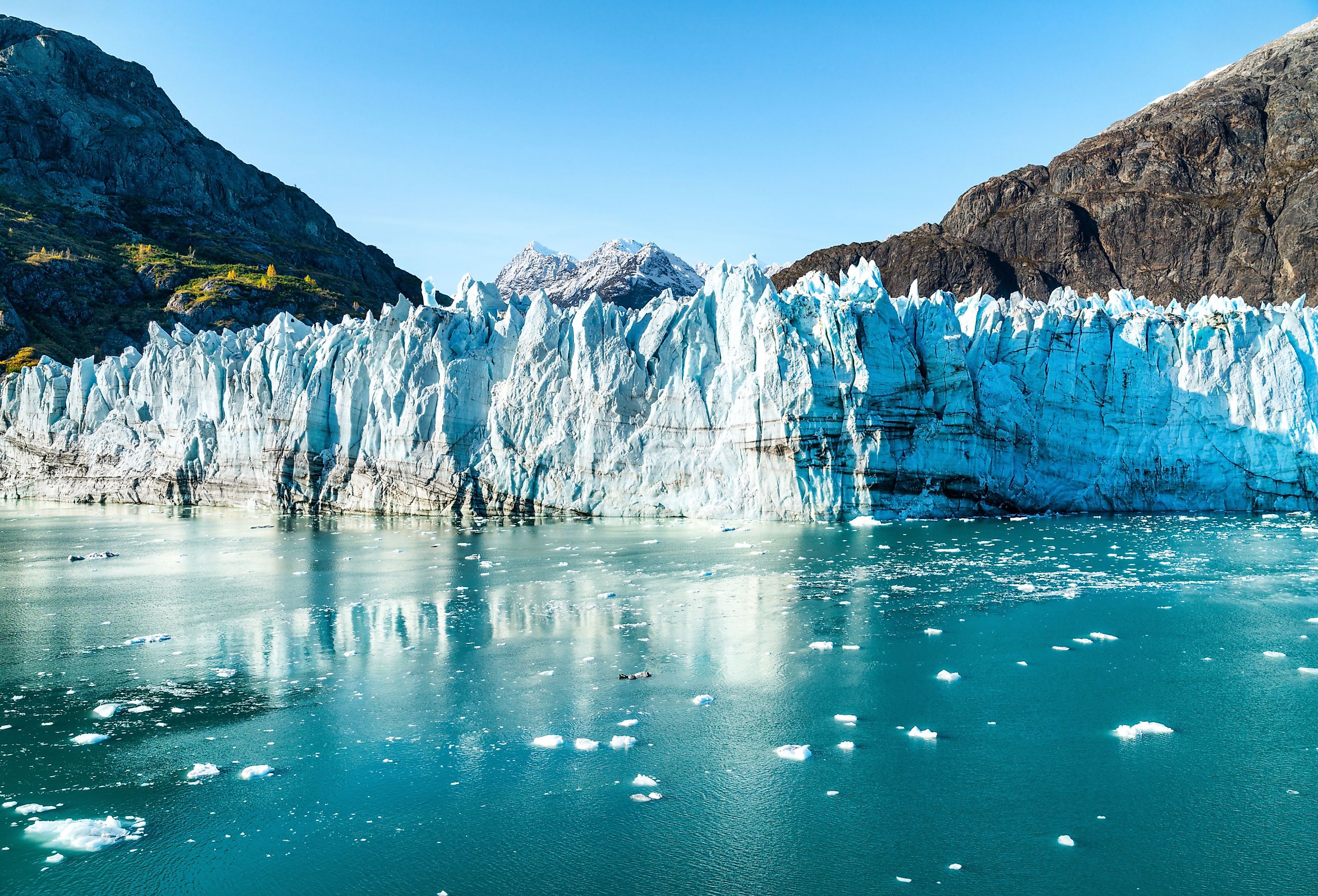
Glacier Bay National Park
The US National Parks System encompasses an assemblage of natural landscapes that, to many people, ought to be visited. Alaska's Glacier Bay National Park is no exception to this phenomenon. For centuries, this national park dazzled visitors and explorers with its icy fields and towering fjords. Meanwhile, it served as a homely haven to the Huna Tlingit people for millennia. Glacier Bay National Park is a gem embedded in America's Last Frontier, encompassing a unique geography, diverse species, and interesting history.
Where Is Glacier Bay National Park?
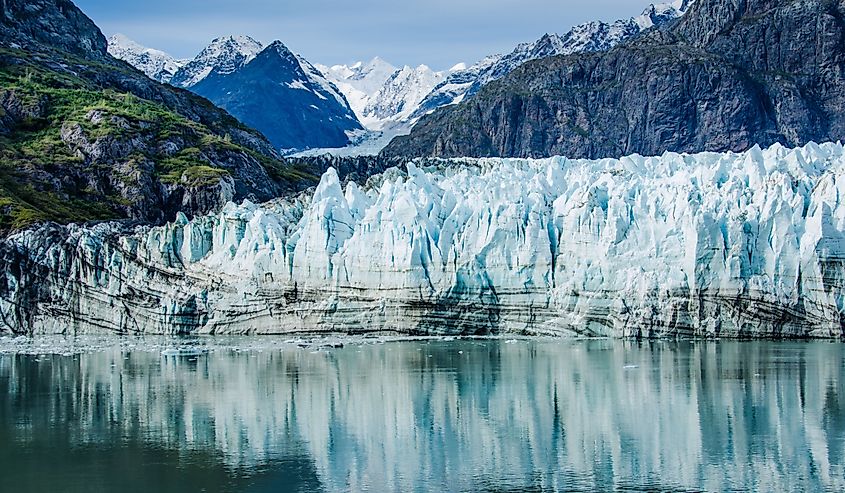
Sitting between 58 and 60 degrees Northern Latitude, the Glacier Bay National Park is found in Southeastern Alaska, northwest of Juneau nestled in the Gulf of Alaska. This world-renowned national park encompasses Glacier Bay, the slopes of Mount Fairweather, and a fraction of the Alsek River (from the American side). The Glacier Bay National Park is connected to Canada's Tatshenshini-Alsek Wilderness Provincial Park in British Columbia.
The Geography Of Glacier Bay
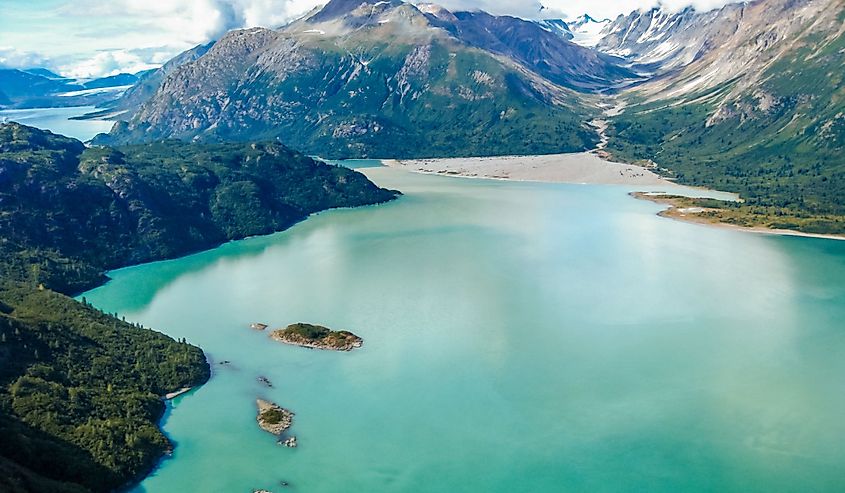
The Glacier Bay Region can also be categorized based on four geographic provinces: Glacier Bay, Icy Strait-Cross Sound, the Outer Coast, and Admiralty Island. Geographically speaking, the area is bounded by the Fairweather Range (to the west), the Chilkat Range (to the east), and the Saint Elias and Takinsha Mountains (to the north). The geography of Alaska's Glacier Bay National Park may be described as "amphibious." Here, a rugged terrain of mountain ranges, icy fjords, plunging valleys, beaches, and islands can be found in the area. The park is even fit with about 1,200 miles of shoreline. The park's shoreline and beach area function as a travel corridor, den settings, and feeding grounds for local wildlife species.
What Makes Glacier Bay National Park Special?
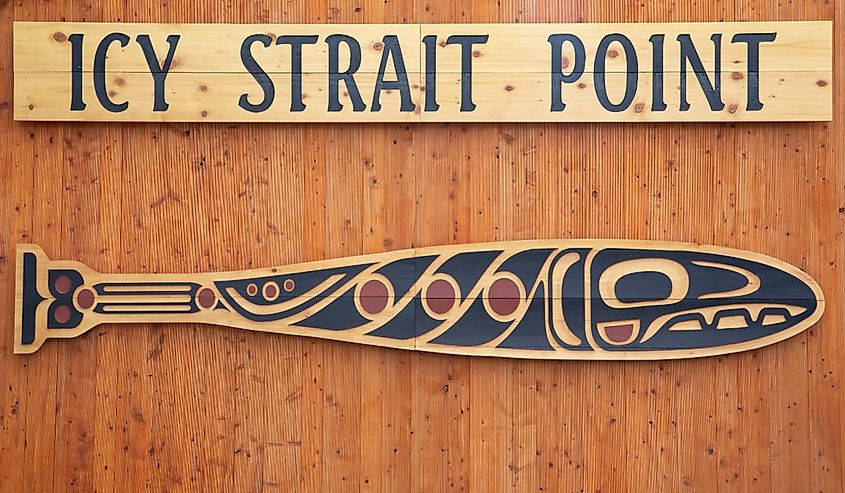
A part of what makes Glacier Bay special is its landscape, teeming with scenic views that mirror a beautiful painting. From its dramatic mountain peaks to its massive fjords, Glacier Bay is breathtaking.
Besides Antarctica and Greenland, Glacier Bay hosts one of the world's largest collections of active glaciers. In fact, about 27% of the park is covered by glaciers, whereby over 50 of these glaciers are named, while 7 are considered active tidewater glaciers. This UNESCO World Heritage Site also covers a large area of about 5,129 square miles and spans about 3.3 million acres.
Glacier Bay National Park is also unique due to its cultural value, specifically to the Huna Tlingit people. Before its discovery by European explorers, the area was inhabited by the Tlingit people. Offering an abundant source of sustenance to its inhabitants, while its landscape served as a setting for the community's history, traditional stories, and culture.
The Tlinglit people eventually constructed the Xunaa Shuká Hít or the "Huna Ancestor's House," which is the first permanent clan house in the area located in Bartlett Cove. This house serves as a gathering place for the people, as well as a venue for workshops, camps, tribal meetings, ceremonies, and other local events. Visitors can also learn more about the history and culture of the Huna Tlingit people at the Xunaa Shuká Hít.
Wildlife At The Glacier Bay National Park
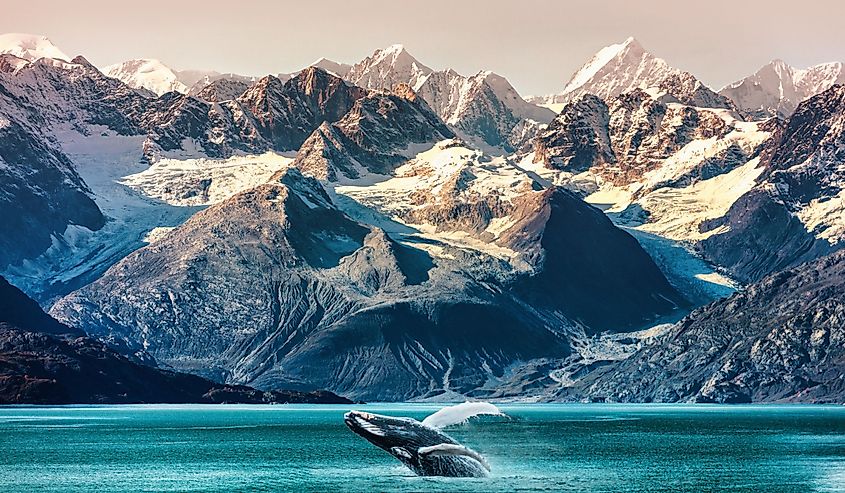
The melting of the glaciers gave way to lands which invited the growth of wildlife, including 300 plants, 40 mammals, and 200 bird species! Glacier Bay National Park also encompasses marine, terrestrial and freshwater ecosystems due to its prominence of fjords, forests, estuaries, and other landscapes.
The vegetation at the Glacier Bay National Park consists of temperate rainforests, inviting the growth and abundance of plant varieties like spruce, hemlock, and yellow cedar. The forests are also home to land animals like moose, wolves, mountain goats, blacktail deers, bald eagles, and bears.
Marine waters encompass one-fifth of the park, so it is not surprising that the Bay is abundant in aquatic wildlife. The Glacier Bay National Park is home to marine wildlife featuring humpback whales, sea lions, harbor seals, porpoises, and sea otters. Furthermore, it also hosts interesting environments, such as the intertidal zone at Bartlett Cove. This zone includes a collection of plants and animals such as sea urchins, rockweeds, barnacles, mussels, algae, kelp, sea stars, shore birds, crabs, and more.
Wildlife is even abundant within the waters at this national park! The cool, nutrient-rich waters in the park (which come from the ocean and flow into the fjords) transport nutrients to sustain the growth of benthic organisms in the deeper parts of the ocean. These waters support the growth and life of coral reefs, sponges, molluscs, arthropods, cnidarians, echinoderms, and branchiopoda species.
The History Of Glacier Bay National Park
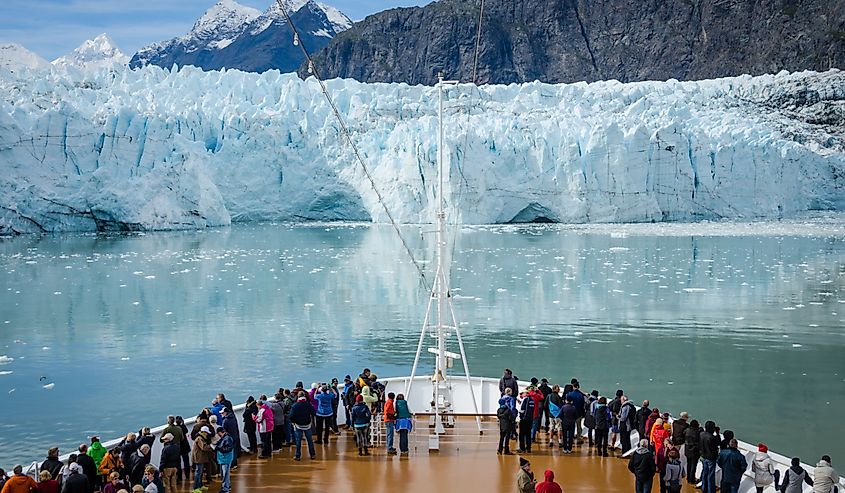
For thousands of years, the Tlingit Indians and their ancestors inhabited the grounds of the park, living off the land in permanent and temporary settlements. Toward the end of the Little Ice Age, due to the advancing glaciers, the Tlingit people were forced to leave their homes in the area. Though some fish camps and villages were rebuilt after the glacial retreat, the majority of the population eventually moved to Hoonah, located across the Icy Strait from Glacier Bay.
In 1794, Captain of the H.M.S Discovery, George Vancouver was the first person to describe the area as "a compact sheet of ice as far as the eye can see." Otherwise, the world knew very little of this natural gem prior to John Muir's "discovery." In 1879, by a dugout canoe (with guidance from the Tlingit Indians from Fort Wrangell), John Muir "discovered" Glacier Bay. He would visit Glacier Bay again in 1880, 1893, and 1899. During his expeditions, Muir would explore the local sights (like Taylor Bay, Dundas Bay, or the Muir Glacier), construct a cabin at the base of Mt. Wright, and study glaciers or interglacial tree stumps.
Eventually, the area became a point of curiosity to many travelers. By 1880, Captain Lester S. Beardslee was the first to name the area "Glacier Bay." In 1925, Glacier Bay was designated as a national monument and eventually became a national park (and preserve) in 1980. By 1986, it was recognized as a biosphere reserve, while eventually earning its title as a UNESCO World Heritage Site in 1992.
Conclusion
In 2000, approximately 390,000 people visited the national park and currently sits as one of Alaska's most popular sightseeing attractions! Today, 90% of the park visitors visit the national park by cruise ship.
Many people argue that the Glacier Bay National Park is a must-visit attraction when visiting The Last Frontier. Though the landscape of this US National Park is changing on a regular basis, its icy landscape has dazzled curious visitors for centuries and continues to today.


